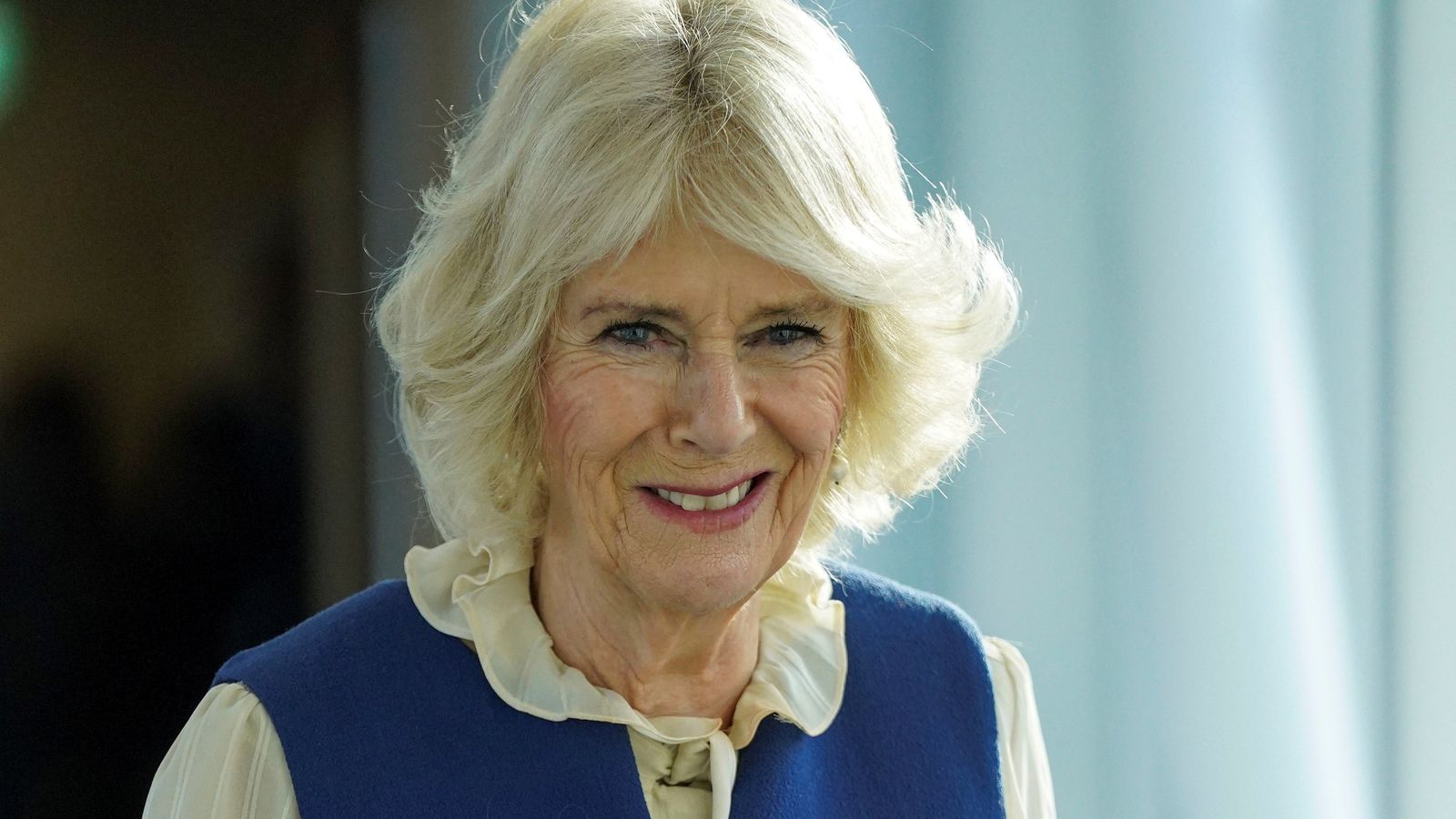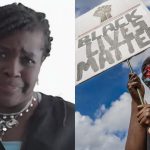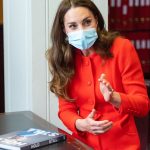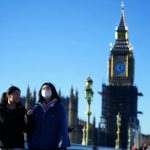Camilla was born on 17 July, 1947, in London, the daughter of Bruce and Rosalind Shand.
She grew up in rural Sussex and was educated at Queens Gate School in South Kensington, before finishing schools in Switzerland and France.
She met Charles on Windsor Great Park polo field in 1970. He had just left Cambridge University and was about to join the Royal Navy.
They became close but, after Charles joined the navy in 1971, the relationship cooled and Camilla married army officer Andrew Parker Bowles two years later.
Charles married Diana in 1981, although it is thought that he resumed his romance with Camilla at some point in the 1980s.
In 1995, during a BBC Panorama documentary, Diana famously said: “Well, there were three of us in this marriage, so it was a bit crowded” – referring to Camilla.
Charles and Diana separated in 1992 with their divorce finalised four years later, while Camilla and Andrew announced their divorce in 1995.
Queen reveals ‘sincere wish’ that Camilla becomes ‘Queen Consort’ when Charles is King in Platinum Jubilee message
Camilla says she and Charles ‘still have a snap in our celery’ despite being in 70s
Prince Charles’s visit to aircraft carrier HMS Queen Elizabeth cancelled after stealth jet crash
Charles and Camilla appeared in public together for the first time in 1999 and they married in a civil ceremony at Windsor Guildhall on 9 April, 2005.
Camilla the royal
Camilla was initially cast as the villain in the story of Charles and Diana, and when news of her affair with Charles came to light she was heavily criticised.
But as she has carved out her own royal role and been accepted by the rest of the family, the mood towards her has softened.
She rode next to the Queen in her Diamond Jubilee carriage procession and was made a Privy Counsellor in 2016, meaning she will be beside Charles when he is proclaimed monarch at the Accession Council.
Camilla loves horses and supports several animal welfare organisations, as well as speaking on behalf of literacy charities, and victims of domestic violence.
She is also a favourite with royal reporters because she is cheerful and accommodating.
Her main role, however, is to support Charles in a way that enables him to take on his duty – first as heir to the throne, and then as king.
The two have been married for 17 years now, and Charles is more relaxed when he is with Camilla. On a number of occasions at royal events, she has persuaded him to try something new or have some fun.
She is a confident royal host at Clarence House, and she is an assured representative when touring abroad.
The Queen’s support for Camilla
The Queen marked her Platinum Jubilee with the message on Saturday, saying: “When, in the fullness of time, my son Charles becomes king, I know you will give him and his wife Camilla the same support that you have given me, and it is my sincere wish that, when that time comes, Camilla will be known as queen consort as she continues her own loyal service.”
After Camilla’s marriage to Charles in 2005, royal aides said she would be known as princess consort, but the Queen has paved the way for her to be called Queen Camilla.
What is a royal consort?
A royal consort is the spouse of the serving monarch, and their duty is to provide support and companionship.
They do not have a formal position but they do have considerable influence, and traditionally help the king or queen in public engagements.
According to common law, wives of kings are known as queen consorts, but the husbands of queens only prince consorts.
This law means that, had Camilla wanted to be only a princess consort, legislation would have been needed to support this.
It had been said after her marriage to Charles that she would simply choose not to call herself queen, but experts said that – without a change in the law – she would legally become queen when Charles became king, regardless of what she chose to call herself.
Philip, Duke of Edinburgh, became Elizabeth’s consort when she acceded to the throne in 1952, and he became Britain’s long-serving consort in 2009.
He did not hold the title Prince Consort, having rejected the offer early in the Queen’s reign.
The last queen consort in Britain was Queen Elizabeth, who was given the title upon her marriage to King George VI and kept it until his death in 1952 – when she became known as Queen Elizabeth the Queen Mother.
There are other examples of queen consorts elsewhere.
Letizia of Spain became queen consort on her marriage to King Felipe VI in 2004, as did Mathilde of Belgium when she married King Philippe in 1999.






















